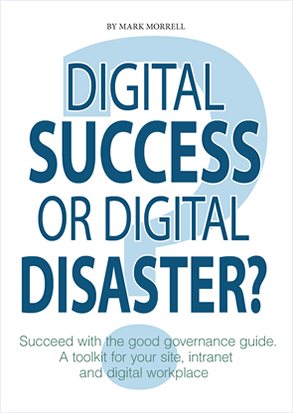Introduction
People still have a feeling of trepidation when using SharePoint, especially for the first time. How to use the right features in the right manner? How to adopt the right approach so everyone benefits? It can take a lot of effort, hard work and time with SharePoint. And that just seems to be the beginning of the daily challenges you have to act upon.
It is important to treat SharePoint in the same way you would with any other technology. Yes, it may have more features. Yes, it can seem overpowering by its reputation. Yes, it can even transform the way people in your organisation work. It can be done but it is not easy. Based on my experiences here is how to do it with detailed examples here.
Strategy
It is no good just developing a ‘SharePoint strategy’. While that may serve the needs that SharePoint can deliver, it is not a guarantee it will meet all your business requirements.
Business requirements
Whichever approach is taken – user stories, user journeys, etc. – make sure the requirements have been agreed with your stakeholders first, including what is mandatory, desirable or optional.
Standards
Key SharePoint features e.g. Content Owner can match your Standards for publishing e.g. Ownership. You need to make sure your key features give a consistently good experience.
Roles and responsibilities
You can set up roles and responsibilities at every level to align with SharePoint. One of the biggest headaches is the name of the roles used by SharePoint and the complex responsibilities each role has. It can be easy to allocate a level of responsibility to the wrong role because it has a different name
Summary
Successfully implementing and managing SharePoint gives publishers and users confidence. People accessing information know it can be relied upon and be available consistently across all SharePoint sites and site collections. Publishers are aware of how to seek permission to publish and how to access pages, they understand SharePoint features and how governance is embedded. Find out how…!

